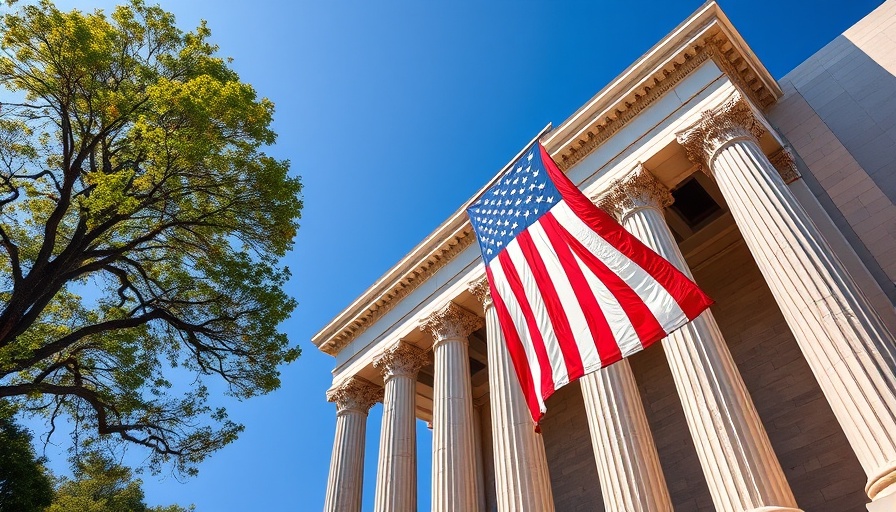
Keeping Vigilant: The Importance of Safety on Dark Roads
As the sun sets, the risks on our roadways increase significantly. According to David Harkey, president of the Insurance Institute for Highway Safety (IIHS), low light conditions raise the danger levels for both pedestrians and cyclists. With the rise in crash deaths exceeding 42,000 in 2022 alone—a staggering increase of over 30% from 2014—it's vital to implement solutions that ensure safety in dim conditions.
Why Timing Changes Aren't the Problem
While the debate over daylight saving time continues, experts agree that the real issue lies in protecting road users after dark. During a recent testimony before a Senate committee, Harkey made it clear that whether we stick to the clock we have or change it, substantial focus should be directed towards enhancing safety measures. Notably, a recent study from IIHS indicated that pedestrian fatalities drop, while vehicle occupant fatalities rise with the switch to daylight saving time. However, a net annual increase in vehicle occupant fatalities highlights a concerning trend regardless of the clock's time. This leads to an essential takeaway: we must prioritize practical methods to safeguard vulnerable road users instead of getting lost in time change debates.
Effective Solutions for Safer Roads
As winter approaches and days become shorter, consider pushing for proven safety measures in your community. Infrastructure improvements, such as better crosswalk lighting and pedestrian hybrid beacons, are critical strategies that can markedly reduce the risk of accidents during darker hours. Another essential step is lowering speed limits, especially in zones heavily populated by pedestrians and cyclists. The implementation of speed safety cameras can also provide that additional layer of deterrence against fast-moving vehicles.
Real-Life Impact: Stories from the Streets
For many individuals, a simple trip to the store can result in injury when road safety measures are lacking. Take Sarah, for instance, who was hit while crossing the street during twilight. Thanks to witness accounts and quick medical attention, she survived, but it left a lasting effect not just on her but on the community as well. Experiences like Sarah's are too common, emphasizing the urgent need for enhanced safety protocols to prevent further tragedies.
Understanding Your Rights After an Accident
If an accident does occur, it's essential to know your rights. Navigating property damage, car accident damage, and auto insurance claims can be daunting. Collecting evidence promptly after an accident, including pictures of damage and details from involved parties, provides a solid foundation as you begin the claims process. Remember, your insurance adjuster's goal may be to minimize payouts; understanding how damage appraisals work will empower you during negotiations. Don't hesitate to reach out for advice or support if you're feeling lost in the aftermath.
Final Thoughts: Advocating for Safer Roads
While policymakers deliberate over time changes, the emphasis should remain steadfast on improving safety for everyone on the roads. Community involvement in advocating for necessary safety measures, coupled with remaining vigilant as individuals, can create a drastic change in preventing further fatalities. If you care about road safety, take action today by contacting local officials, spreading awareness, or even joining community safety groups. After all, every effort counts in making our roadways safer.
 Add Row
Add Row  Add
Add 




Write A Comment